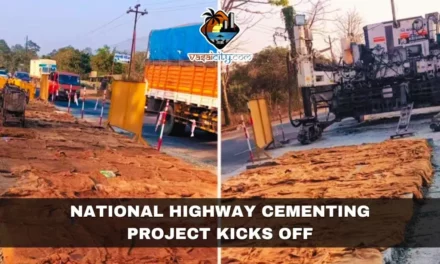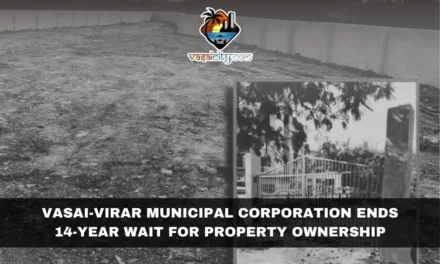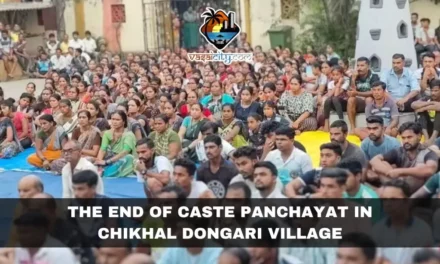In the quaint region surrounding the historic Vasai Fort, a normally serene area has recently been disrupted by an unsettling presence. Over the past few weeks, the local community has found itself grappling with fear as sightings of a leopard have become frequent, inciting a palpable tension amongst the residents.
The leopard was first spotted within the fort’s grounds on March 29, and since then, it has seemingly evaded capture, leading to an atmosphere of anxiety and unease among the people of Vasai. The ongoing presence of this wild cat has not only stirred concern but has also prompted serious discussions on public safety and wildlife management.
Concerned about the situation, local officials convened a meeting last Saturday at the Vasai Sub-Divisional Office to address the community’s worries and to formulate a plan of action. The meeting was attended by a host of officials including Provincial Officer Shekhar Ghadge, Tehsildar Dr. Avinash Koshti, Shweta Ade from the Mandvi Forest Range, representatives from the Department of Archaeology, local police, employees of the Ro-Ro boat service, and members of the Koli Yuva Shakti Sangathan, among others from the affected villages of Killabandar and Pachubandar.
The mood at the meeting was charged, with villagers expressing their frustration over the ongoing threat and what they perceive as inadequate efforts by authorities to manage the situation. Milton Saudia of the Koli Yuva Shakti Sangathan voiced a strong opinion that the forest department had not been effective in deploying measures to capture the elusive leopard. Questions were raised about the actual steps taken by the forest department, with suspicions about whether appropriate equipment like cages and trap cameras had been installed.
Sanjay Koli, another local, speculated whether the leopard issue was being used as an excuse to restrict the movements of the local population indefinitely. After more than two weeks without any success in capturing the leopard, doubts continued to grow, leading to a heated discourse about the intentions and capabilities of the forest officials.
In response to these concerns, Vasai Sub-Divisional Officer Shekhar Ghadge assured the community that the forest department was indeed making efforts and that installations such as trap cameras and cages were in place to aid in the capture of the leopard, believed to have wandered into the area from the nearby Tungareshwar forest. He emphasized the readiness of his office to provide whatever additional support was necessary.
An interesting point of contention was the operation of the Roro boat service. Shweta Ade pointed out that the continuous traffic from these boats along with other human activities were complicating the efforts to safely capture the leopard. In light of this, both the Department of Forests and the Department of Archaeology have reached out to the Maharashtra Maritime Board with a request to halt the RoRo services post 6 pm, hoping that reduced human presence might ease the capture of the leopard.
Despite these assurances and planned adjustments, the community’s trust in the authorities remains shaken. Many locals feel that the risk posed by the leopard’s presence is not being taken seriously enough. They argue that while the area remains accessible to certain groups like Roro services and toddy unloaders, local residents face restrictions, leading to a feeling of being marginalized in their own land.
The ongoing situation at Vasai Fort serves as a stark reminder of the delicate balance between human settlements and wildlife habitats. As the officials strive to resolve the crisis, the community remains on edge, hoping for a swift and safe conclusion to the leopard’s unwelcome visit. The coming days are crucial as the authorities attempt to implement their strategies, and the residents of Vasai keep a wary eye on the fort, their homes, and their safety.









